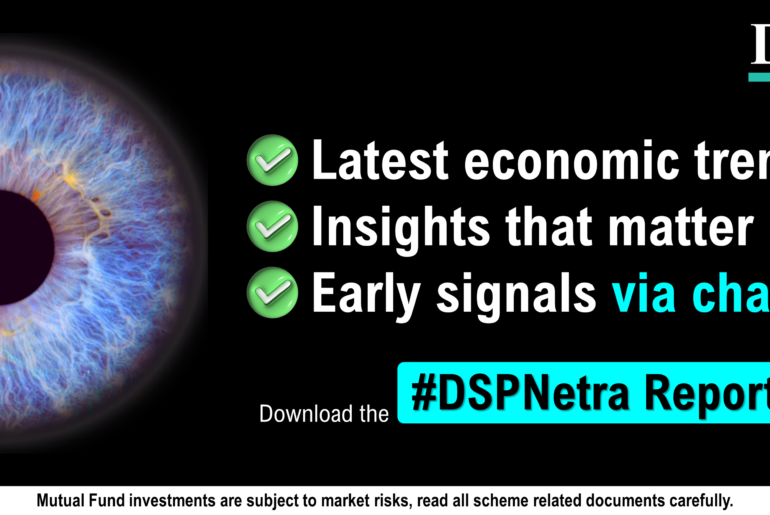Last Updated on Apr 18, 2023 by
Table of Contents
Keep it simple!
Cyclical stocks can be quite intimidating. Take the Nifty Metals index, for instance. It saw 6 alternate ups and downs in the 10 yrs between 2011 and 2021. Each node of that wave was more than 50% up or down. And within each major cycle of two-three years are multiple smaller cycles representing 10-20% movement.
You can easily lose half your investments if caught on the wrong side of the wave. Stay invested without exiting, and you will feel like throwing away all those investing books that have preached the wonder of compounding.
Invest at the peak of a cycle, and you will wait for a generation to make a decent return, provided you exit at the right time. Mistake a small wave for a large one, and you will be caught on the wrong side.
Intimidating may be a rather kind way to describe cyclical stocks. But, despite all the perils, cyclical stocks can also strike a half-glass-full approach. While they look like an easy way to self-sabotage, each cycle also represents a massive opportunity to make money. And while they follow a trend in the past, the exact opposite is what happens in the future.
If you try and keep the daunting feeling aside, the movement in commodity stocks is pretty easy to gauge. All you have to do is align yourself to trends that ensure the following:
- Increase in volume, typically led by a growth in demand.
- Increase in price, either led by high demand and/or a crunch in supply.
Don’t believe it’s THAT simple? Here are a few interesting cases from the past:
- Volume – Over 2016 and 2017, aluminium prices saw a sharp increase – driven by a stimulus in China, which makes and consumes over 60% of the world’s aluminium. Additionally, there has been an increase in the use of aluminium in cars, aircraft and cans since aluminium is lighter, more durable and even recyclable. These factors contributed to the massive demand for aluminium, boosting volumes.
- Price – The Russia-Ukraine conflict led to the West imposing sanctions on Russian oil, directly hitting nearly 15% of global exports. This skyrocketed oil prices, and oil companies across the globe have been taking advantage of it. Saudi Aramco hit its highest-ever profit, a whopping US$ 160 bn in 2022. This was 3x that of the highest-ever profit for any Western oil business ever, which was Exxon’s US$ 56 bn in 2022. Indian companies weren’t left out of the race. In fact, several Indian companies bought cheap Russian oil, processed it, and sold it for much higher global prices, profiting even more.
Future predictions
But anyone can analyse the past and blow trumpets while looking back in time. The real deal is in identifying trends right and making money in the future. And two opportunities can do just that!
1. Budget 2023
The intent of the current government is pretty clear – boost the economy by pressing hard on infrastructure. All those new airports, ports, metros and highways have one thing in common – cement. Additionally, there has been an unwavering focus on housing for all through the PMAY (Pradhan Mantri Awas Yojana) schemes. Both of these factors have been resulting in a steep increase in the demand for cement.
But both the above have been trends in motion for the last five years at least – what’s new? You’ve got one year of massive tailwinds coming up, which has the potential to accelerate the gains from this trend. Here are some:
- An outlay of Rs. 10 lakh cr. for infrastructure spending in 2023, which is 33% higher compared to the previous year.
- The fact that this is the last year before the General Election, which essentially makes the government speed up the execution of all projects – you have to show progress to the masses to get those votes after all.
- A good monsoon for the last couple of years, which usually boosts demand from rural areas. Good monsoons = good crops = higher ability to spend on housing.
- Demand is likely to exceed supply in regions like the North and West of India, which should help prices rise further.
2. China’s comeback
Most of the world is facing a high risk of falling into a recession. Typically, during recessionary times, the demand for commodities reduces and pushes prices lower. In anticipation of a dip, most commodity prices have been seeing price pressures. Even with oil, while prices are seeing downward pressure, oil companies have tasted all-time high profits, and who would want to give up on that? And hence OPEC (Organization of the Petroleum Exporting Countries) is cutting supply to keep prices afloat. Even with metals, as industrial activity reduces, demand is likely to reduce, and so are prices.
But there’s a silver lining here. While the world is falling to crumbs, China is rising, and how!
- China’s coming out of the most-regressive measures to contain COVID, which resulted in the slowest growth of 3% in 2022 in years.
- Pent-up demand is super high with a lockdown and restrictions that lasted three years.
- The government is providing fiscal support to the economy and to the ailing property sector.
- Monetary policy is also expansionary – contractionary to where the rest of the world is headed.
All these factors are likely to result in a sharp economic rebound in China, which consumes more than half the world’s aluminium, copper, steel and zinc, among other metals.
In short, the world can go down the drain, but a massive Chinese comeback has the potential to boost both the volume and pricing for metals.
A year of opportunity
Over the next year, the markets are likely to continue facing risks in the form of high inflation, regressive monetary policy, slower economic growth, and a general downtrend in the markets. Against this backdrop, both the Budget in India and the bounce-back of China have the ability to boost volume and pricing for cement companies and metal companies.
The cycle for both these sectors definitely seems to have a runway left, which is likely to result in the buoyancy of stock prices. But both these cycles also seem to be one-year plays.
Analysis of trends over the last 20 yrs suggests a massive dip in cement demand in the first year after General Elections (all the people-pleasing is done, and the government is also busy strategising rather than executing).
And, with China, the world is still not convinced of the gravity of the upside. The trend is still fresh, and data coming in is adding confidence to investors. Once this gets baked in, commodity prices will also readjust, and so will stock prices. Until then, let the swings not scare you, and instead, fall back on some simplicity!
This article was authored by Sagar Lele of Rupeeting. Check out Rupeeting’s smallcase here.
- Everyone’s Investing in Thematic Funds. Should You, Too? - Jan 11, 2024
- Cyclical Stocks – A Year of Opportunity? - Apr 18, 2023
- ESG Investing in the Indian Market - Mar 20, 2023



